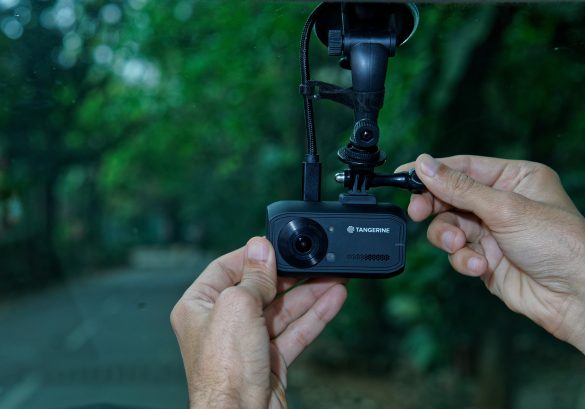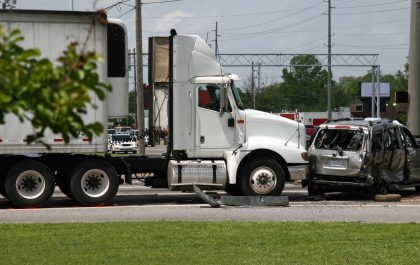From road accidents to vehicle repairs and false claims, moving assets are always at risk and it is crucial to pay special attention to their safety and performance. Advancement in technology has made it possible for safety to be data-driven and video telematics can be employed for this purpose.A telematics program that incorporates video creates the accountability that every fleet manager should have. You want to be aware of any driver behaviors that can be problematic to the safe and efficient completion of a route. Telematics has the power to detect and report unsafe driver behaviors such as:
- Rapid acceleration
- Hard braking
- Sudden stops
- Cornering
- Speeding
- Driver distraction
- Driver Fatigue
When a risky event occurs on the road, telematics can provide valuable details about a vehicle’s speed and location. It can even alert drivers to a close call. But only video telematics systems can provide context showing why an incident happened.
As you may have speculated, video telematics utilize a dashboard camera to add a visual measurement to telematics usefulness. While other telematics highlights give quantitative data, a dashcam gives subjective data – that is, information that is enlightening, reasonable, and not communicated utilizing numbers.
With a dual facing dash cam, video telematics systems are primed to answer important questions related to accidents.Video can be a powerful training tool used to coach drivers and perfect their skills. Driver coaching and the continuous training it provides can sharpen drivers’ awareness improving their driving style.
Here are 6 reasons why fleets need video telematics
1.Individuals learn best with visual demonstration. By automatically capturing video of crashes and risky driving behavior, video telematics solutions turn incidents and trigger-based events into teachable moments. Driver can see where they went wrong and improve their driving skills and managers can view driving patterns and review those patterns with drivers.
2.Telematics tells you why and how the accident happened. No one wants to have an accident as they cost time, money, and loss of property, productivity – or even life. Clearly, the fewer vehicle incidents, the better. Visual monitoring encourages driver compliance with safe driving habits and company policies, preventing incidents caused by distracted or reckless behavior. Video telematics can help you get your incident rate as low as possible.
3.80 percent of fatal vehicle accidents involving trucks are actually caused by other motorists and truck drivers aren’t usually the ones killed, video telematics gives objective visual proof of the facts.
4.Monitoring driver behavior with video telematics increases safety compliance, which leads to fewer incidents, which leads to fewer claims. Fewer claims mean a better risk profile and lower premiums as a knock-on effect.
5.Implementing video telematics, could not only reduce the risk of accidents and breakdowns, but also reduces insurance premiums. Additionally, video footage acts as conclusive proof in legal matters and reduces the overall liability of fleet owners and drivers.
6.Video telematics can also be valuable for asset tracking, making inventory and tool management across multiple locations easier. Using this data, you will be able to reduce risk and locate and identify lost or stolen items.
Tangerine’s video telematics solution
Tangerine’s Jido Vision dual dashcam bundled with advanced features and built in sensors, captures incident videos and uploads them to the cloud for automatics analysis. The real time audio alert feature, notifies drivers of their risky behaviors i.e. distraction,cornering,harsh braking and fatigue etc helping them stay focused on the road.
Gain insights with strategic reports that will help you derive and mitigate recurring trends, be it high risk driver demographics or accident locations, accident types or scenarios. Fleet owners and insurers can evaluate any incident based on crucial video evidence and detailed crash reports, for easier claims settlement.





